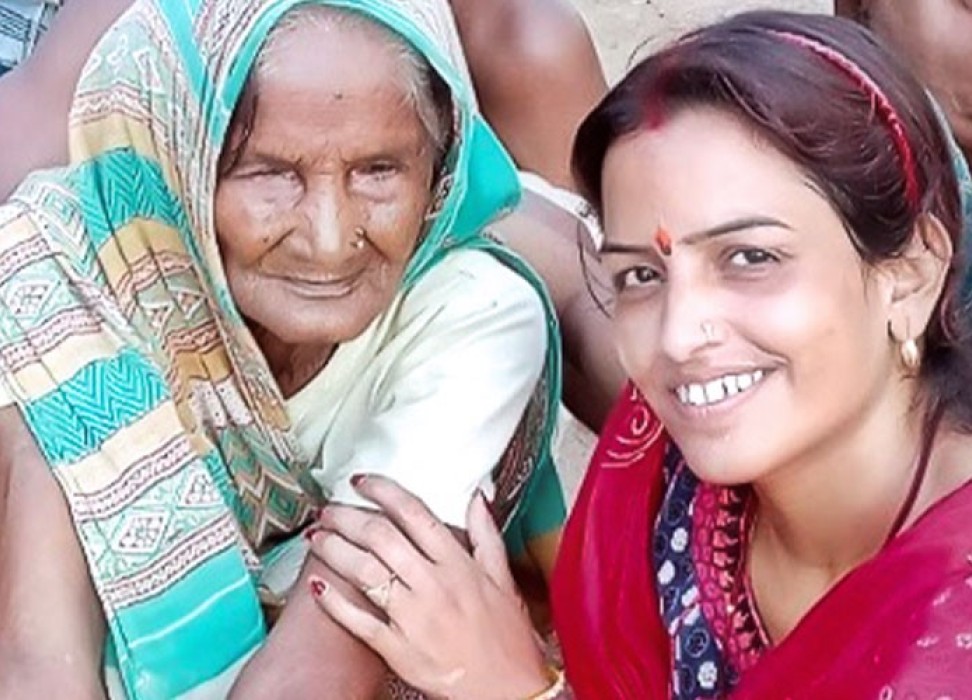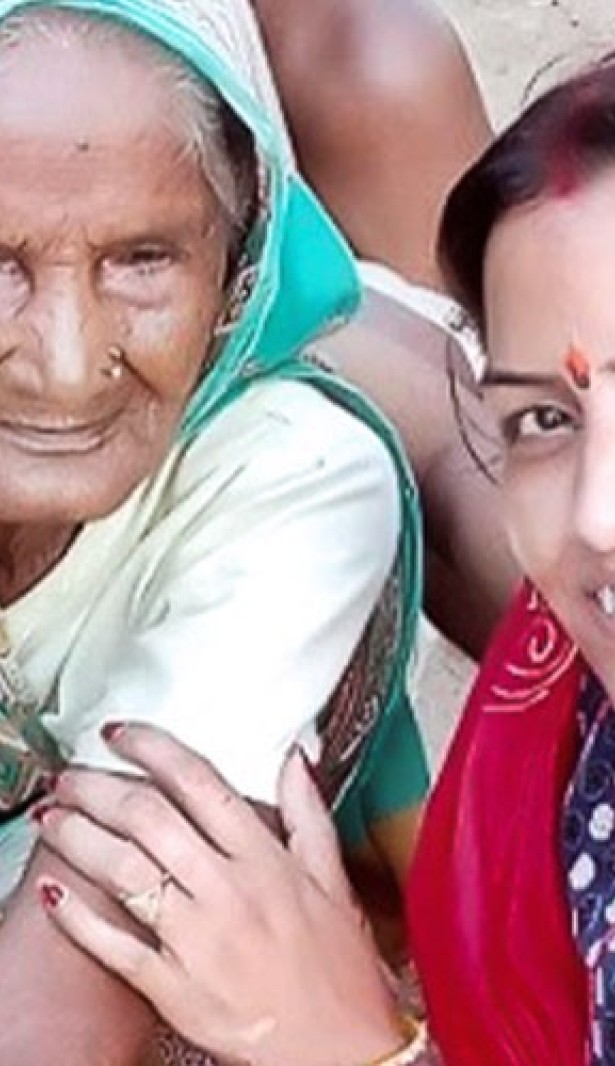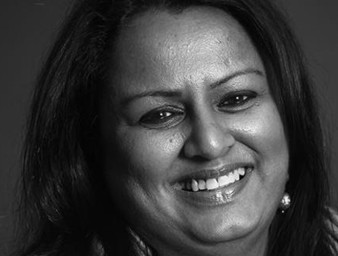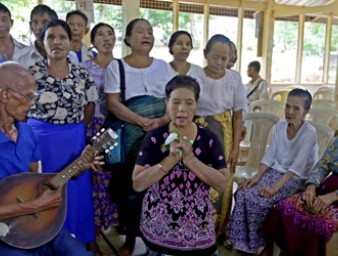Leprosy survivor, Rachna Kumari: “Every person has the right to live life with dignity”
24 July 2019

“My story is filled with trauma, pain and depression. Yet it is also filled with happiness and success.”
At the age of 24, Rachna Kumari was diagnosed with one of the world’s most stigmatised diseases, leprosy, also known as Hansen’s disease.
Her life took another cruel turn when not long after her diagnosis, her husband passed away. She was shunned by his family, and forced to live almost in isolation from relatives and from the community.
For fear of infecting her two children, she left them with her parents to seek work in a bigger city.
After eight years, Rachna was finally cured. But her battle with the disease was emotionally and physically traumatising, not dissimilar to the stories of thousands of others.
Rachna is from India, where the number of cases is the highest in the world. In 2017, around 126,000 new cases were reported in the country.
“I suffered social exclusion, stigma and discrimination. It was harrowing. I went into depression and lost the will to live.”
Leprosy is a chronic disease which mainly affects the skin, peripheral nerves, the mucosa of the upper respiratory tract and the eyes. It is transmitted by droplets from the nose and mouth, through close and frequent contact with untreated cases. Symptoms can occur with one year, but can also take as long as 20 years or more to appear. Most people are naturally immune to the disease.
Around the world, there are an estimated 200,000 people diagnosed with leprosy each year. The majority of cases occur in India, Brazil and Indonesia.
Leprosy: A history of stigma, dehumanisation and violations of human rights
When leprosy was first discovered in the late nineteenth century, fear of the disease spreading led several governments around the world to establish leprosaria (leprosy colonies). Many of them implemented an official State policy of segregation. People were separated from families and communities for life, and healthy newborns were even separated from their parents.
Although the policy of compulsory segregation was abandoned by experts in 1948, it was still implemented in some countries until the end of the 1990s. Even today, there are up to 2000 leprosy colonies and villages that exist in the world.
Since its very beginning, the disease has been unable to escape from a web of stigma and pervasive stereotypes.
A report issued by the UN expert on leprosy Alice Cruz at last month’s Human Rights Council stated that ‘harmful stereotypes, wrongful stereotyping and structural iniquities strengthens exclusion, discrimination and violence … and compromises the enjoyment of fundamental rights, such as dignity, equality and non-discrimination.’
Women more likely to be discriminated
The report found that women were at higher risk of suffering discrimination and violence, and also developing leprosy-related physical impairments and disabilities. In many countries where leprosy exists, women have a lower social status, and therefore carry shame and try to hide the disease. To access healthcare, they often need the authorisation of their husband or family, who may have already ostracised them. Additionally, they may have a limited ability to travel, or they may be illiterate.
Striving for dignity and humanity
“Millions of individuals affected by leprosy were, and continue to be, denied not only their dignity, but also an acknowledgement of their humanity,” stated Cruz. “It is not a coincidence that it is commonly said that persons affected by leprosy experience a civil death.”
Cruz has made a number of recommendations in her report. Among them, she is urging states to immediately abolish and/or amend all discriminatory laws in force, and to establish reparation measures for persons affected by leprosy as well as for children who were forcibly separated from their parents. She recommends that awareness raising is intensified, with the dissemination of accurate information about leprosy and the human rights of the people it affects.
For women affected by leprosy, Cruz’s report urges that they are included in national plans for gender equality, gender violence prevention and women’s access to justice.
“This disease gave me another purpose”
After her eight-year battle with leprosy, Rachna was finally cured at the age of 32. She now lives with her parents and two children in Bihar.
Today, her aim is to help other people affected by the disease and campaign for their rights. She works at the Lepra Society’s Munger Referral Centre in Bihar, and is a member of the State Forum of Leprosy Affected People. She also sits on the Advisory Panel of the International Federation of Anti Leprosy Associations, where she addresses policy makers.
Rachna was recently in Geneva to contribute a survivor’s voice to the discussion among States taking place at the Human Rights Council. She spoke at a side event, and met with Deputy High Commissioner for UN Human Rights, Kate Gilmore.
Rachna is continuing the fight against stigma and discrimination. ”Seeing the women suffer is heart-breaking, but in my own way I try to make them stand strong and independent.”
Although in India, the Supreme Court has issued direction to central and state governments to take steps to fight laws that discriminate against those affected by leprosy, Rachna believes “there are various stakeholders who do not understand these issues.”
She says much more effort needs to be put into awareness raising on the fact the disease is treatable and curable in order to reduce discrimination. Information on leprosy can be included in the school curriculum, she suggests. She also says that treatment and information about leprosy should be available in general healthcare consultations, instead of it being addressed as a separate disease.
“There is so much to work to be done,” she says. “After all, every person has the right to live life with dignity.”
24 July 2019



